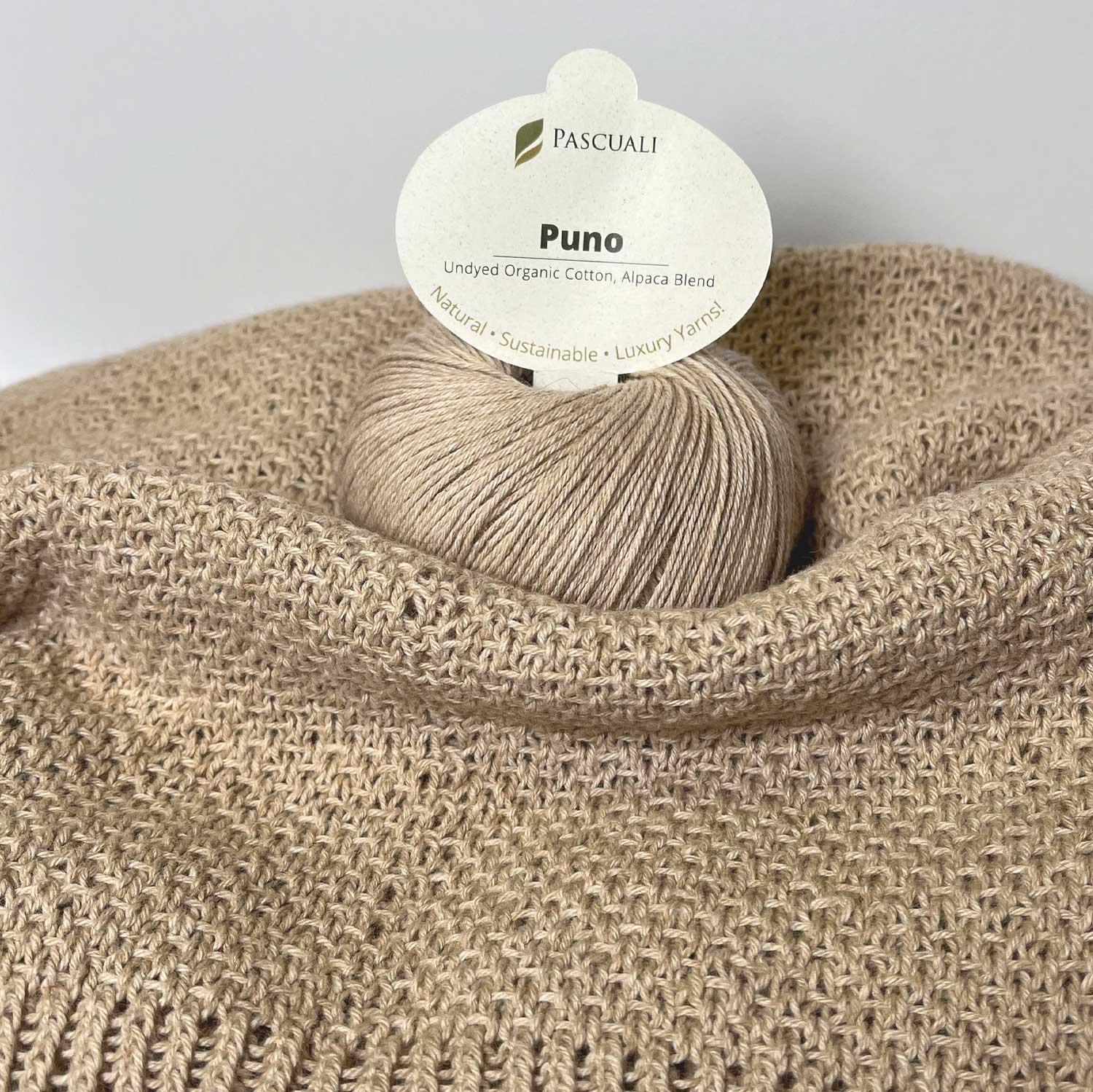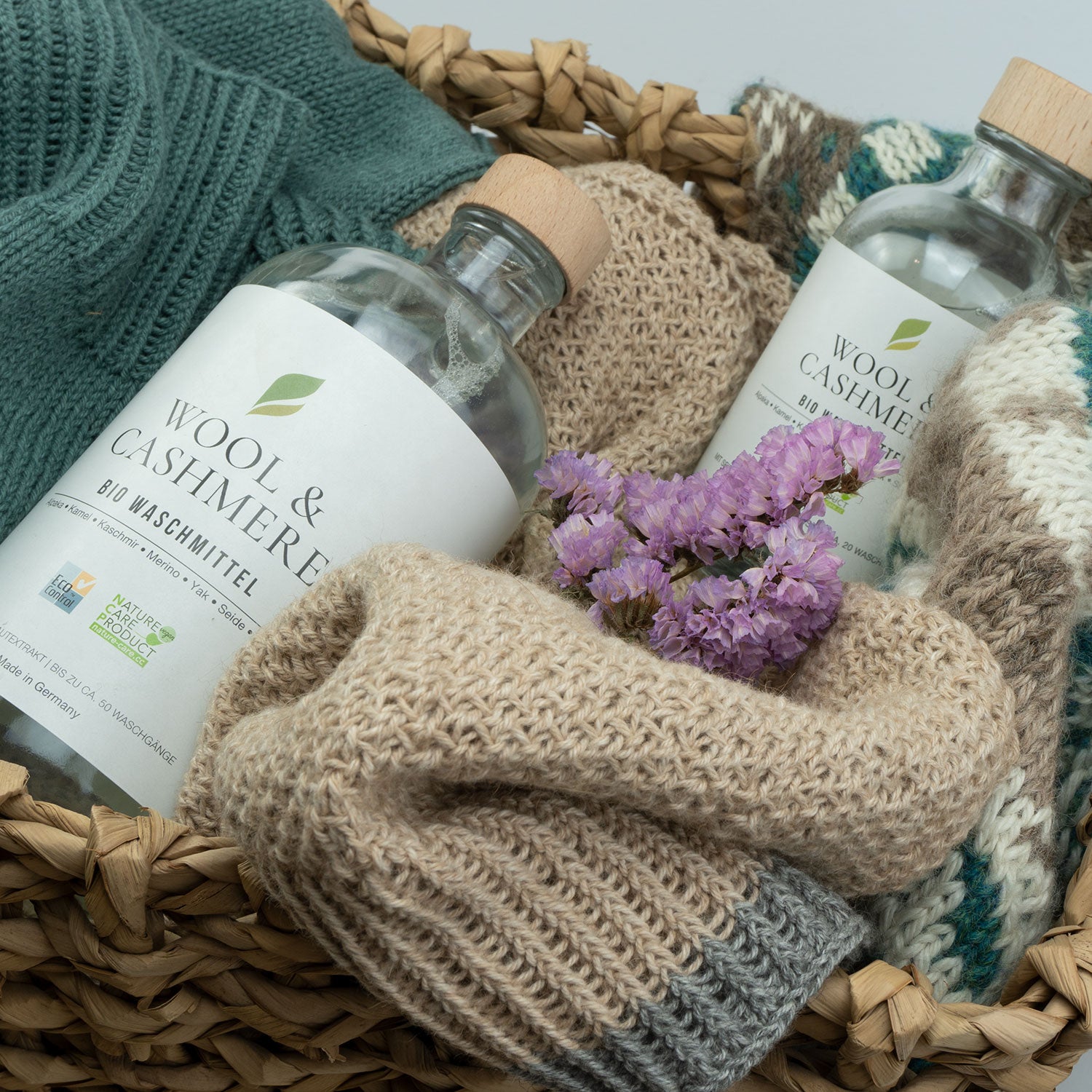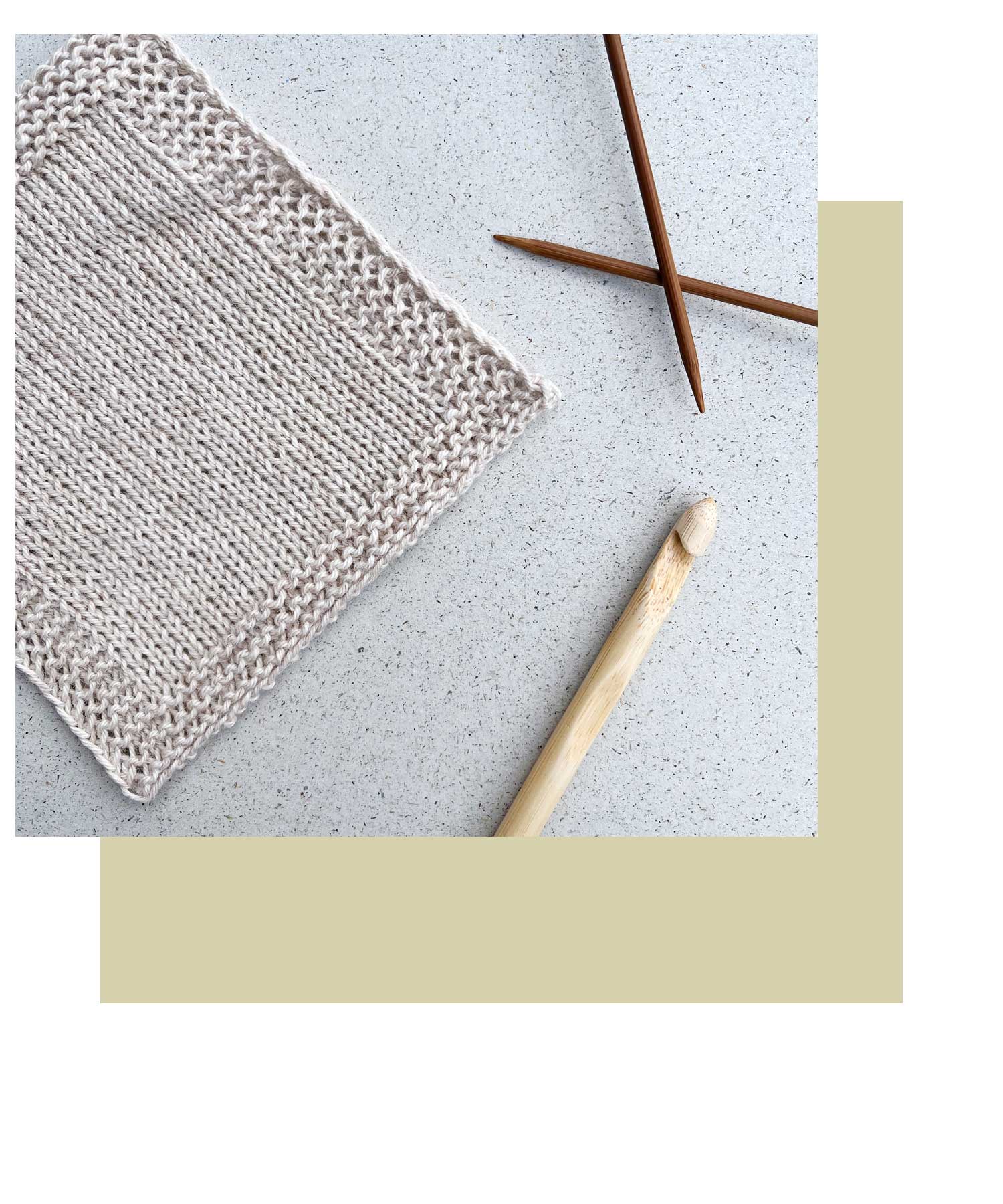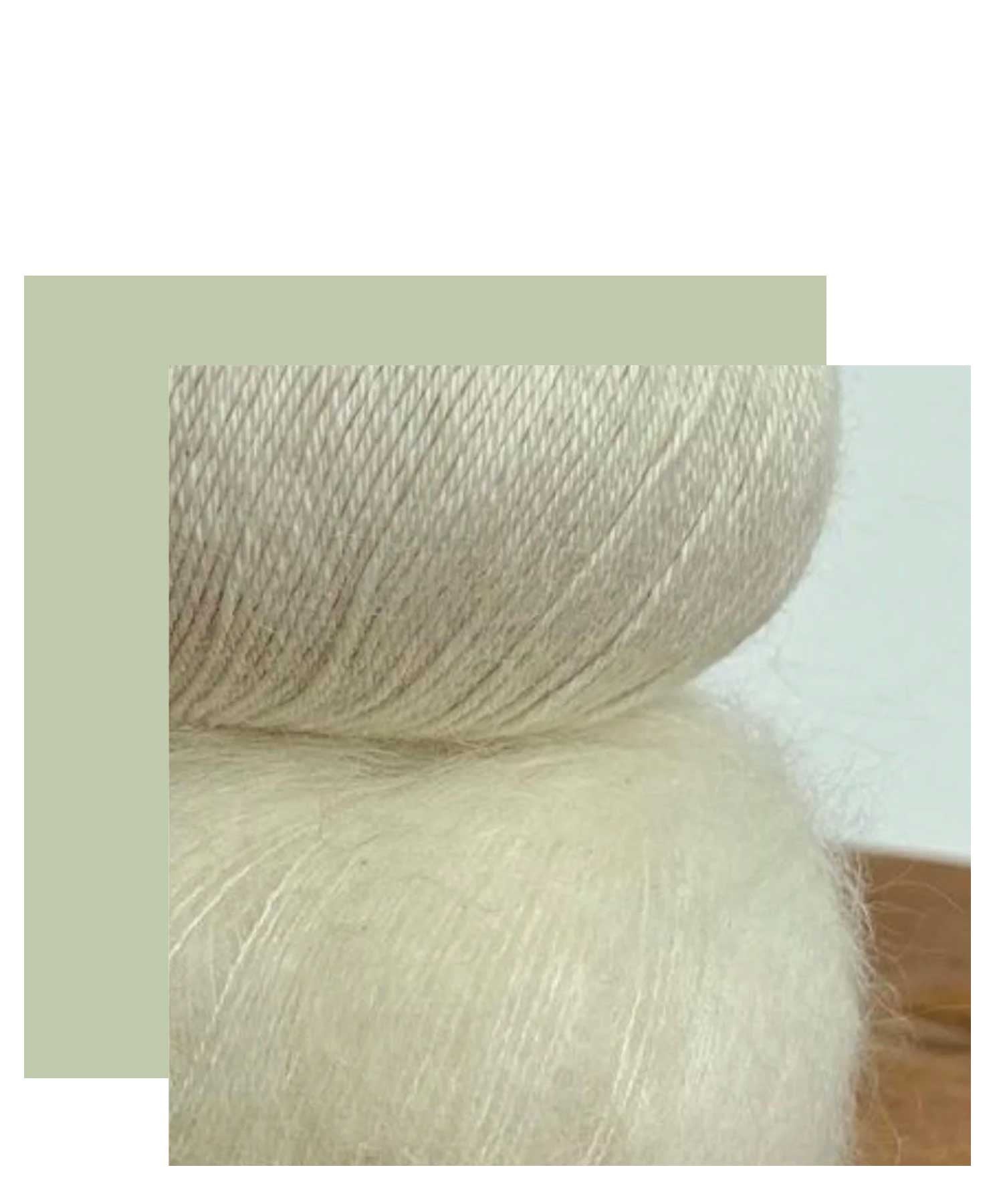Pascuali
Puno | Puno Winikunka
It All Began in Puno
Legend has it that everything began in Puno, a region in the south of Peru at the north western shore of lake Titicaca at 12,664 feet above sea level. Lake Titicaca is an important part of Inca mythology and tradition for it is believed that the first Inca rose from its waters and founded the Inca empire.
Puno, also known as the Altiplano, is a region of contrasts with cold, semi-arid climate where history, geography and ancient customs and traditions blend with the amazing landscape of the highlands. It is also home to the alpaca, a rare and precious animal, with the ability to tolerate extraordinarily harsh climatic conditions, treasured by the ancient Inca civilisation and thought to be a cross between llamas and vicuñas some 6000 years ago. Vicuña and alpaca wool as well as cotton were among the most valuable fibres in the Incan culture and played an important role not only in society, but also in religion and politics. The fine fleece of alpacas, for example, was reserved exclusively for Incan royalty.
PUNO
Puno and Puno Winikunka are incredibly soft year-round yarns, crafted from smooth cotton and plush alpaca wool, what make them excellent choices for all seasons.
The colour palette of Puno features seven harmonious, undyed natural tones.
PUNO WINIKUNKA
The enchanting colour palette of Puno Winikunka draws inspiration from the captivating hues of the Andes – the radiant blue of the sky, the deep blue of Lake Titicaca, the intense green of reed grass, traditional textiles, and the majestic Rainbow Mountain.
Our Yarn Puno
Driven by the magic of this region and our own desire for high quality, luxurious and unique fibres, we embarked on an amazing trip to the Peruvian Altiplano which was to inspire us with its spectacular, almost mystical natural landscapes and contrasts: Our story too begins in Puno.
The altiplano is perhaps one of the most remarkable landscapes on earth with its arid, dun-coloured vastness and soaring snow-capped peaks and volcanoes ringing in the distance. To this, add clear-blue skies, wandering herds of llamas and alpacas, and vast cotton plantations nearby. It is precisely this kind of geography – human and physical – that we fell in love with and which has inspired our yarn Puno. We have taken the genuine white of cotton and combined it with the different innate alpaca colours. The result is a colour nuance that graciously moves from off-white to beige to grey: 70% organic certified cotton and 30% alpaca wool in seven natural colours.
No other yarn could describe the Puno region better than our yarn Pascuali Puno.


SPECIFICATIONS
- Composition: 70% Cotton (Organic), 30% Alpaca Wool
- Yardage: 50 g ~ 200 m | 1.76 oz ~ 218 yds
- Needle: 2,5 mm | 2 US | 12 UK
- Gauge: 27 stitches, 32 rows to 4" (10 cm)
- Usage: Sweater in size small ~ 300 g (6 Balls)
- Yarn Weight: 50 g | 1.76 oz ~ Ball
CARE
Puno and Puno Winikunka are easy-care yarns. Because alpaca wool is free of lanolin, it does not absorb dirt as easily as other fibers, it is water resistant and has the ability to clean itself naturally. To freshen up your garment simply hang it out to air.
Alpaca wool is washable and tends not to shrink. So, if your garment is heavily soiled, wash it carefully by hand in lukewarm water using a mild soap. We recommend using our Wool & Cashmere Organic Detergent which is particularly gentle and can be used with all fibres. It consists of easily biodegradable ingredients and soapwort extract.
Soak the knitted garment for about 20 minutes without shaking and then rinse it with clear water. Wrap the garment in a towel and gently squeeze out the water without wringing it! Unwrap and lay it flat on a new towel to air dry in a cool place.
Our journey, however, does not end there...
In our search, we continue our trip north to Cusco, known to the Incas as “the navel of the world”. What makes our trip to the Capital of the Inca Empire so unique are the people and culture of those who live there. The Inca culture and traditions are ever so present in the architecture, traditional folk dances and people´s way of life in each of the towns we visit. What catches our attention the most are the distinct bright, colourful textiles used and the traditional Andean clothing, including capes, shawls, embroidered skirts, and vibrantly coloured hats local women wear.
As we get closer to Cusco, travelling along a hiking trail of breath-taking landscape, we arrive at what will probably be the absolute highlight of our trip: the Winikunka or “Seven Colour Mountain”. Intense green, purple, yellow, red, and blue make the amazing range of colours which are the result of sedimentary rocks eroding for millions of years.
The Alpaca
Alpacas are a distant relative of the camel. They are highly intelligent and easy to train. In comparison to other herding animals such as sheep or goats, alpacas are considered “low-impact” animals to the environment because they do not bother trees and their padded feet do not have the same effect on the ground as hooves.

Our Priorities:
Animal Welfare
In the highlands of Peru, alpacas are able to move around freely and are kept in a manner that is appropriate for the species. In Pacomarca, a 3,700-acre farm located east of Cusco, herdsmen are taught about the best practices for shearing, breeding and maintaining the animals. Good nutrition and adequate care guarantee healthy herds. The animals are sheared twice a year with modern machines in order not to subject them to any kind of stress.
Sustainability & Fair Trade
Once the animals are sheared, the alpaca fleece is taken to a processing mill located in Arequipa, Peru´s second largest city. The fleece is then sorted by hand to guarantee the best quality. It is then cleaned, combed, dyed and spun. The working conditions are fair and great value is placed on a recycling economy in order to protect the environment. This means that the entire process is self-contained. For example, the mud produced when the fibres are washed is used to fertilize the pastures which will later be used to nourish the animals. Care is taken to ensure that energy consumption is made more environmentally friendly by using solar energy, and the water that is used is recycled.
Our Environment
All the way through, from the animal fibre itself to the way we package our finished yarns, sustainability is a key element of our philosophy. We are concerned about our environment. Therefore, our yarns are completely free of synthetic fibres, consisting solely of 100% natural fibres. We avoid plastic wherever possible, so our packaging is also plastic free.
Pascuali
Related blog posts

PUTTING THE SPOTLIGHT ON: PUNO AND PUNO WINIKUNKA
Our yarn siblings Puno and Puno Winikunka offer a not necessarily everyday material mix:..
Read more...
INTERESTING FACTS ALL ABOUT YARN WEIGHT AND YARDAGE
Most probably everyone knows that in the world of yarns there are thin yarns, thicker yarns, and really thick yarns.
Read more...
FINDING THE RIGHT SIZE AND MAKING ADJUSTMENTS FOR THE PERFECT FIT
Today, we give you tips on how to find the right size for you and how you can a pattern changes
READ MORE
Colorful Inspiration: Instructions with Puno yarn
Immerse yourself in the world of colors with our exclusive knitting instructions for Puno yarn, a luxurious blend of alpaca and cotton with a rich color palette...
To the pattern